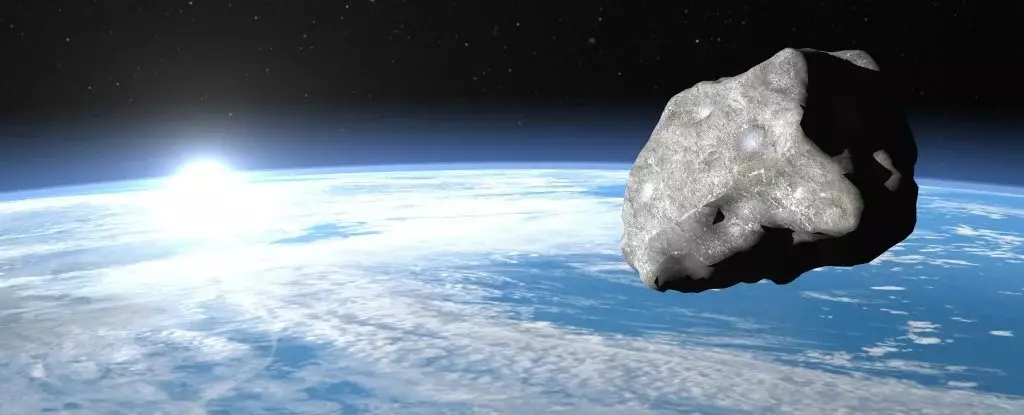Recently, two rare asteroids have caught the attention of astronomers as they are set to zoom past Earth at close range within just 42 hours of each other. These space rocks have been labeled as “potentially hazardous” due to their size and trajectory, but rest assured, they do not pose an immediate threat to our planet. Both asteroids will safely fly by at thousands of miles per hour, with a zero percent chance of collision according to the European Space Agency.
While these asteroids will not be visible to the naked eye, there is still an opportunity to catch a glimpse of them through a telescope or binoculars. Astrophysicist Gianluca Masi, founder of The Virtual Telescope Project, has also set up livestreams for both asteroids. One link to watch Asteroid (415029) 2011 UL21 streak past Earth on Thursday, June 27 and another link to watch Asteroid 2024 MK fly by on Saturday, June 29.
Asteroid (415029) 2011 UL21 is notably one of the largest asteroids to have recently passed near Earth, with an estimated diameter of roughly 1.4 miles. This mountain-sized space rock falls into a class known as “planet killers,” which are at least 1.2 miles wide. In the event of a collision with Earth, it could cause damage on a continental scale, as well as trigger significant climatic changes for many years.
Despite its potential for devastation, Asteroid 2011 UL21 will pass by Earth at a safe distance of more than 4 million miles, which is 17 times farther than the distance between Earth and the moon. This fly-by is particularly noteworthy because it will be among the top 10 largest asteroids to pass by Earth at close range in the last 125 years.
On the other hand, Asteroid 2024 MK was only discovered earlier this month, just 13 days before it is set to pass by Earth at a remarkably close range. Although much smaller than 2011 UL21, with an estimated diameter between 390 and 885 feet, it will make up for its size with brightness. Coming within 184,000 miles of Earth, approximately 77% of the average distance between the Earth and the moon, it will be one of the brightest objects of its kind observed in recent history.
While these two rare asteroids are labeled as “potentially hazardous,” they are not immediate threats to Earth. With proper monitoring and observation, astronomers and space enthusiasts will have the opportunity to witness these celestial events. The close encounters of these asteroids serve as a reminder of the vast and dynamic nature of our solar system, sparking curiosity and awe in those who take the time to look up at the night sky.


Leave a Reply